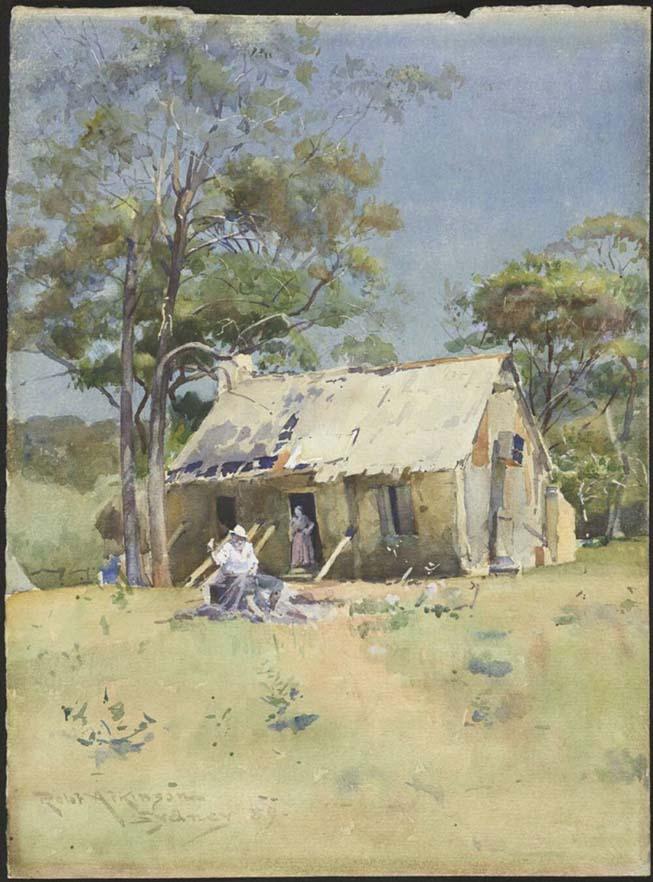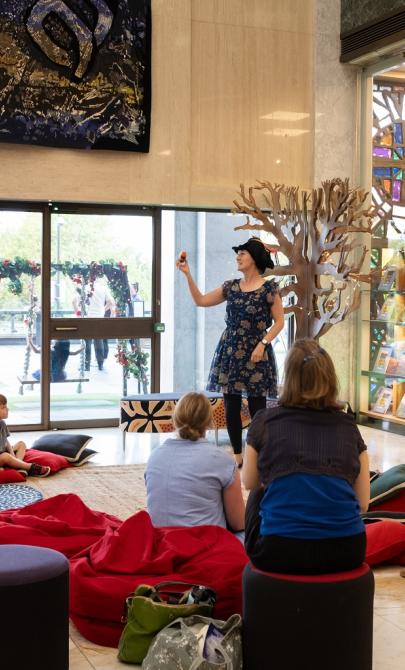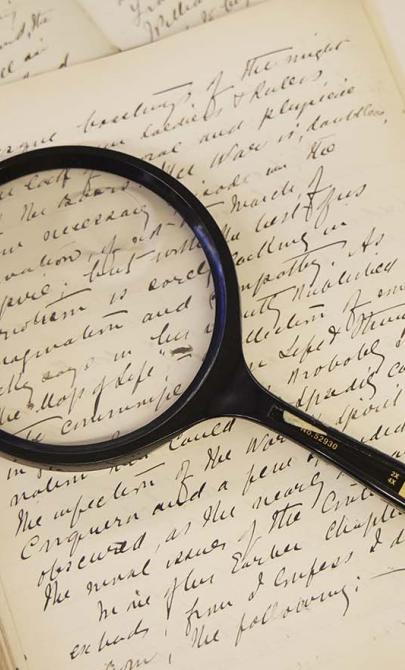Australian impressionism
A new way of seeing Australia
The term ‘Australian impressionism’ refers to a group of like-minded artists working during the 1880s and 1890s. Influenced by the French impressionist movement, these artists focused on capturing the Australian bush and cities as they actually appeared.
They painted en plein air, a French term meaning ‘in the open air’. This approach to painting, popular in Britain and France in the 1870s and 1880s, involved working outdoors to develop a close familiarity with nature, everyday life and local settings.
Many artists also painted and sketched from camps located on the bushy fringes of Sydney and Melbourne.
Although the black-and-white work of the Picturesque Atlas artists was internationally recognised, they are less well known as contributors to Australian impressionism than artists like Tom Roberts, Arthur Streeton, Frederick McCubbin and Charles Conder.

Atkinson, Robert, 1863-1896. (1889). Sheedy's Castle, Balmoral Beach [picture] / Robt. Atkinson. nla.gov.au/nla.obj-135211215
Atkinson, Robert, 1863-1896. (1889). Sheedy's Castle, Balmoral Beach [picture] / Robt. Atkinson. nla.gov.au/nla.obj-135211215
About Robert Atkinson
Robert Atkinson came to Australia from Aotearoa (New Zealand) in 1888 to work on the Picturesque Atlas. He produced illustrations of Pacific Island peoples and local Australian scenes. This watercolour, depicting the hut of fisherman Pat Sheedy, offers a glimpse of life at the Edwards Beach artists’ camp.
Learning activities
Activity 1: The great outdoors
Ask students to investigate the technical advances that made outdoor painting possible.
- They should then work to identify the visual conventions of the Australian impressionists and their philosophy of painting en plein air. These may include light, space, colour, composition, subject matter.
- Ask students to select an artist associated with the Australian impressionist movement and create an artwork in the same style.



